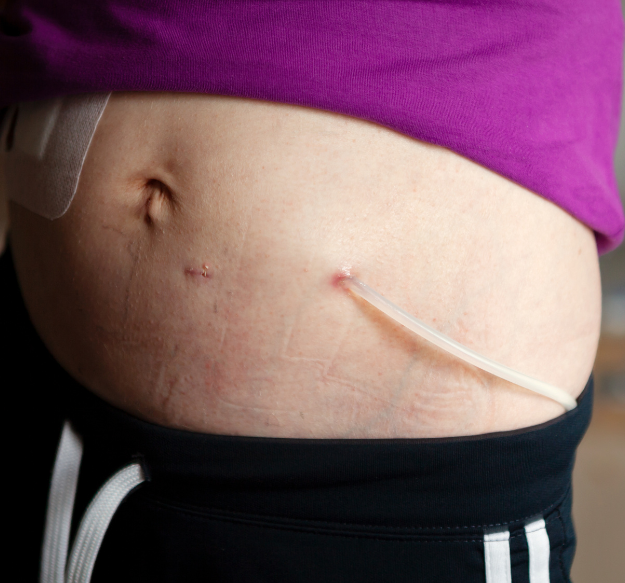

Healthy kidneys clean your blood and remove extra fluid in the form of urine. It’s other functions include balancing the salt and acid level in the body, produce hormones that stimulate red blood cell production, activates vitamin D and control blood pressure.
When a kidney no longer works, dialysis replaces some of these functions. There are two different types of dialysis – hemodialysis and peritoneal dialysis. The following is about peritoneal dialysis.



